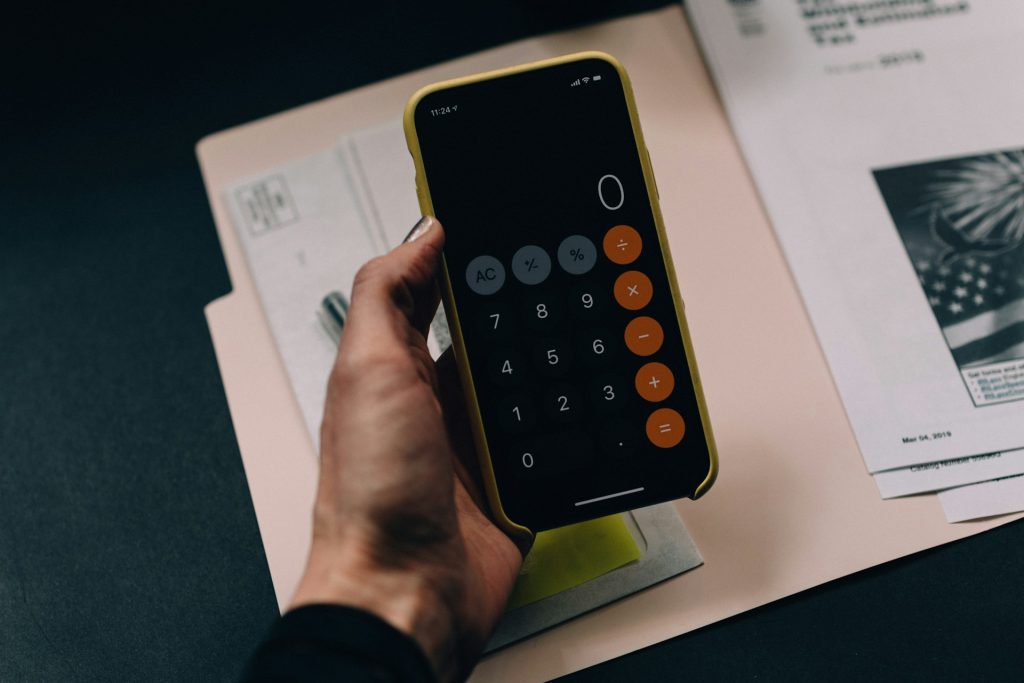Table of Contents
“Budgeting is not just for people who do not have enough money. It’s for everyone who wants to ensure that they do have enough.” – Suze Orman, Financial Advisor
Embarking on the journey of financial literacy and management can seem daunting if you’ve never done it before. However, learning how to start budgeting is a crucial skill that can lead to financial freedom. This guide will walk you through the essential steps to create a budget that works for you, even if you’re starting from scratch.
Understand Why You Need to Budget
Before diving into the practical steps, it’s vital to understand why budgeting is essential. A well-planned budget can help you:
- Gain control over your financial situation
- Reduce stress related to money management
- Ensure you meet your financial goals, such as saving for a vacation, buying a house, or retirement
- Avoid unnecessary debt
Gather Your Financial Information
Identify All Sources of Income
Your budget starts with knowing how much money you have coming in. Make a list of all your income sources, including:
- Salary and wages
- Freelance work
- Investment income
- Alimony or child support
- Any other regular income streams
List Your Expenses
Understanding your expenses is crucial. Start by categorizing them into fixed and variable expenses:
- Fixed expenses: Rent, mortgage, insurance, loan payments, etc.
- Variable expenses: Groceries, utilities, entertainment, dining out, etc.
Create Your Budget
Choose a Budgeting Method
There are several budgeting methods to choose from depending on your preference and financial situation:
- Zero-based budgeting: Allocate every dollar to a specific expense or savings category until your income minus expenses equals zero.
- 50/30/20 rule: Spend 50% of your income on needs, 30% on wants, and allocate 20% to savings.
- Envelope system: Physically divide your cash into envelopes for each spending category.
Set Realistic Goals
Define what you want to achieve with your budget. It could be building an emergency fund, paying off debt, or saving for a large purchase. Ensure your goals are SMART (Specific, Measurable, Achievable, Relevant, Time-bound).
Track Your Spending
Once your budget is set, the next step is to track your spending to ensure you stick to it. Here are some tips:
- Use budgeting apps like Mint or YNAB to keep digital records
- Review your bank statements regularly
- Keep receipts and manually log expenses if you prefer a hands-on approach
Adjust and Review Your Budget Regularly
Budgeting is not a one-time task but an ongoing process. Regularly review your budget to make necessary adjustments:
- Check your progress towards your goals monthly
- Adjust for any changes in income or expenses
- Refine your spending categories as needed
Remember, flexibility is key. Life circumstances change, and so should your budget.
Conclusion
Learning how to start budgeting is an empowering step towards financial independence. By understanding your financial landscape, setting realistic goals, and tracking your spending, you can take control of your finances and secure your future. The journey to financial literacy begins with a single step, and your budget is that step.
Now that you’re equipped with the knowledge to create a budget, it’s time to take action. Start today by gathering your financial information and choosing a budgeting method that suits your lifestyle. Make your financial dreams a reality by taking control of your money. Happy budgeting!




